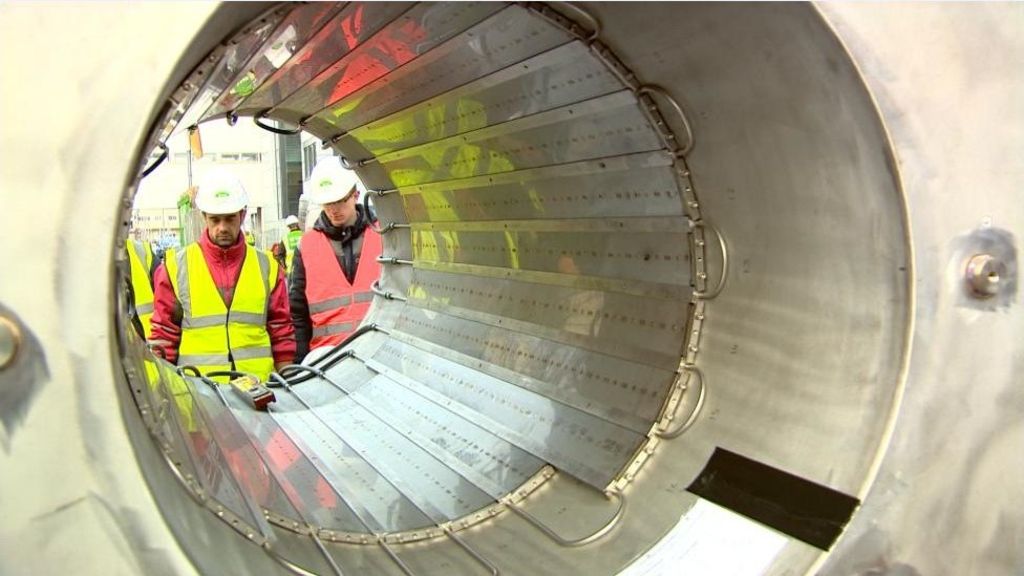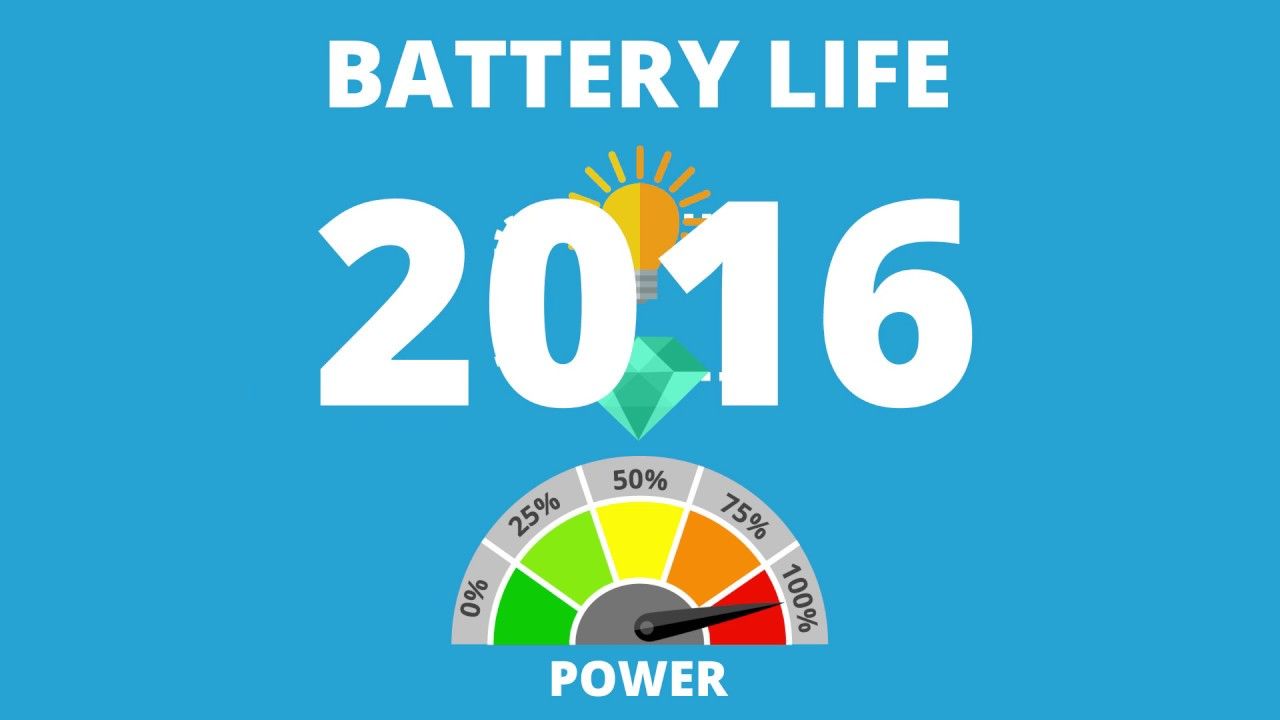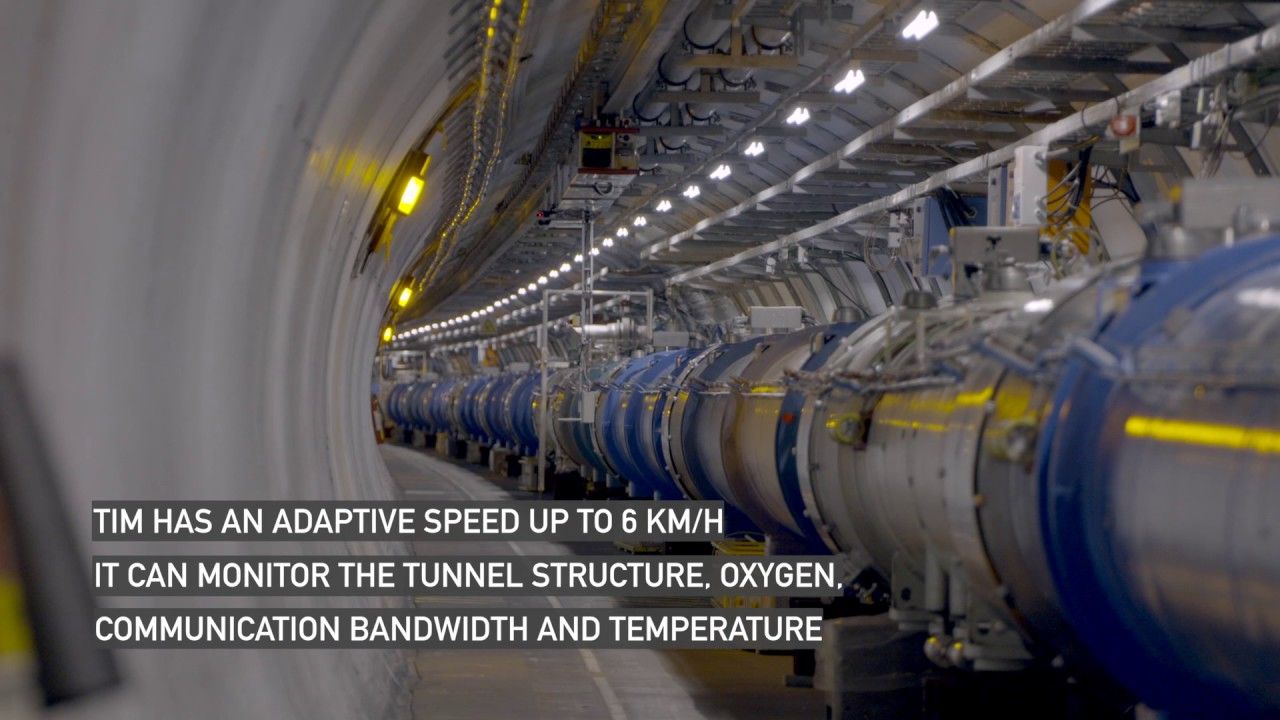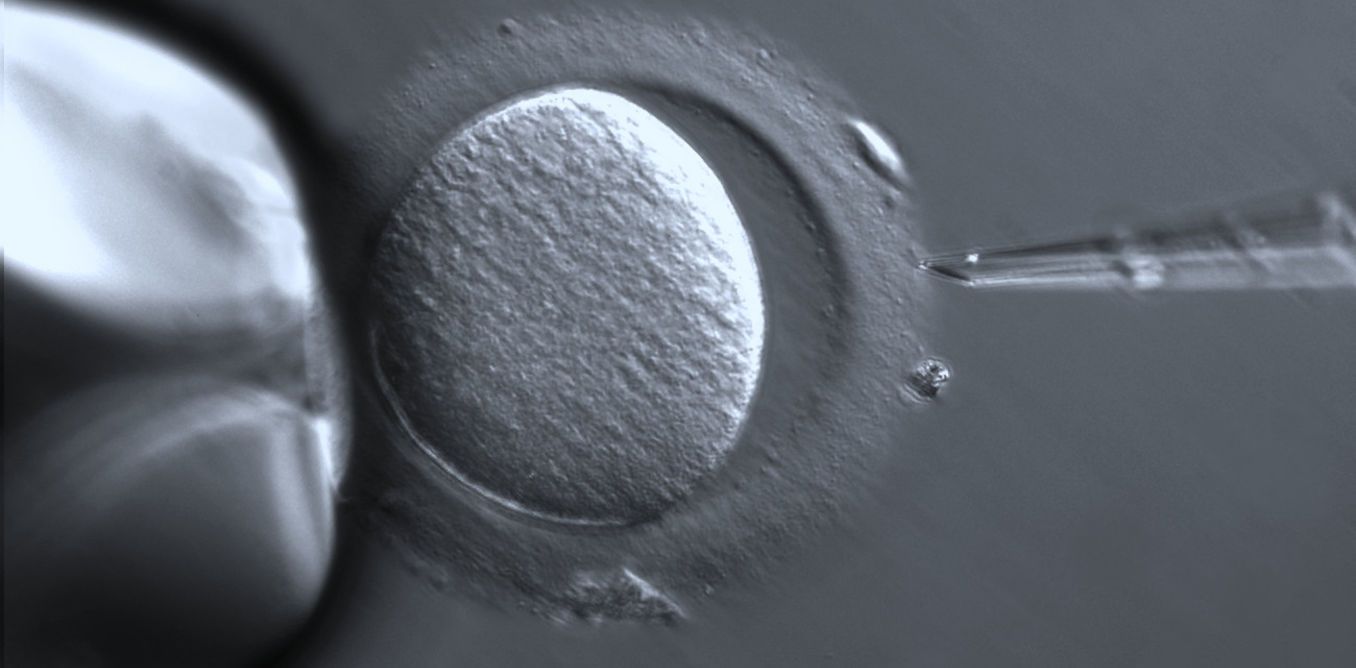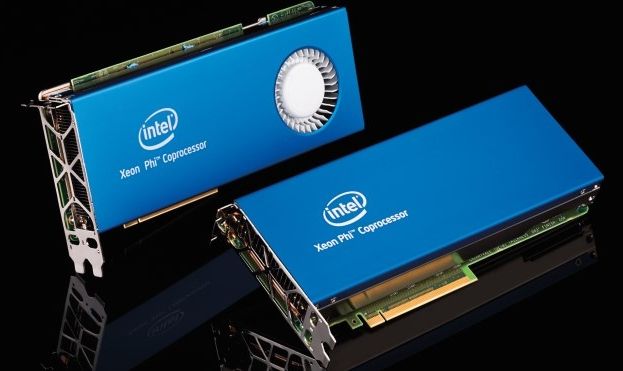
Intel is making a huge push into AI and deep learning, and intends to build custom variants of its Xeon Phi hardware to compete in these markets. Several months ago, the Santa Clara corporation bought Nervana, an AI startup, and this new announcement is seen as building on that momentum. AI and deep learning have become huge focuses of major companies in the past few years — Nvidia, Google, Microsoft, and a number of smaller firms are all jockeying for position, chasing breakthroughs, and building their own custom silicon solutions.
The upcoming Knights Mill is still pretty hazy, but Intel has stated that the chip will be up to 4x faster than existing Knights Landing hardware. Right now, the company is working on three separate forays into the AI / deep learning market. First up, there’s Lake Crest. This product is based on Nervana technology that existed prior to the Intel purchase. Nervana was working on an HBM-equipped chip with up to 32GB of memory, and that’s the product Intel is talking about rolling out to the wider market in the first half of 2017. Lake Crest will be followed by Knights Crest, a chip that takes Nervana’s technology and implements it side-by-side along with Intel Xeon processors.
“The technology innovations from Nervana will be optimized specifically for neural networks to deliver the highest performance for deep learning, as well as unprecedented compute density with high-bandwidth interconnect for seamless model parallelism,” Intel CEO Brian Krzanich wrote in a recent blog post. “We expect Nervana’s technologies to produce a breakthrough 100-fold increase in performance in the next three years to train complex neural networks, enabling data scientists to solve their biggest AI challenges faster.”
Continue reading “Intel announces major AI push with upcoming Knights Mill Xeon Phi, custom silicon” »


